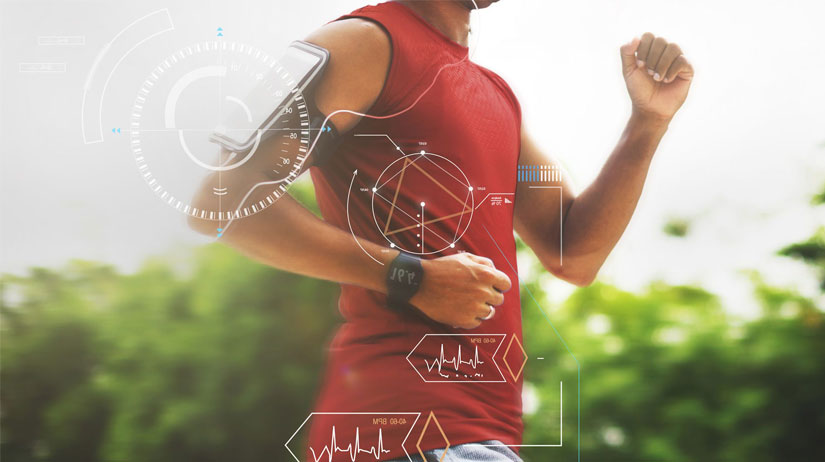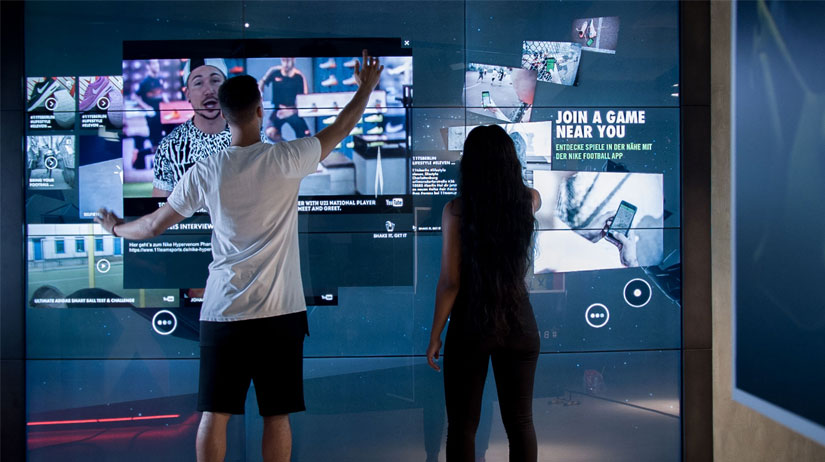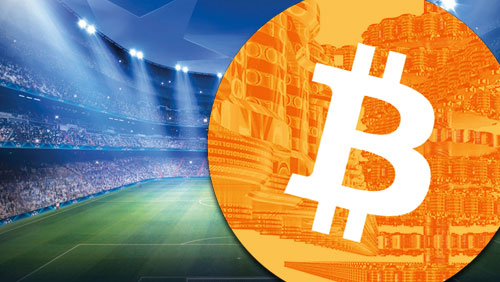Sportdata and Performance Forum was held in November 2018 in Hungary and brought together the sports analytics and technology community as well as leading business executives and senior representatives from the research and development sector in sports. The most ambitious and influential sports technologists presented to industry practitioners how to deal with the challenges of an analytics world with increasingly more data.
Our CEO Yauheni Kaziak attended Sportdata and Performance Forum as an invited speaker and presented our experience in using modern IT techniques and applying analytical solutions to training system based on data-driven approach in different sports (e.g. baseball, cycling, rowing, running, etc.)
You may get acquainted with the summary of the topics discussed during the Forum including the main trends which sports won’t exist without in the nearest time.
- Video Analysis
VA is one of the most important ways to handle effective team/athlete performance analysis. Whether you have a professional high-speed camera kit, drone or just simple action camera – that can be extremely beneficial for the technics tracking, analysis and creating athlete’s performance history. Also, that’s the easiest way to start the data-driven approach in your team if you haven’t yet.
- Three-way approach to innovation
In order to achieve the maximum efficiency in training process 3 main points should be addressed to with the automation or specific IT solutions:
- Strategy & Tactics;
- Athlete’s decision making;
- Athlete’s performance.
Keeping the proper balance between these 3 is the main challenge for the innovation assistant in the team.
- Beware of being “data obsessed”
There are thousands of various data sources and ways to process information in sports. However, you always need to keep in mind that not all the data is relevant and important for the athlete’s performance increase. The risk of becoming a “data-maniac” usually affects young trainers that would like to be 100% evidence based. An overabundance of irrelevant data may entail making the wrong decisions. Yet, the challenge is to find an optimal position between “practice” based and “data” based approach. IT system should not substitute the trainer, but make his/her life easier by helping to plan a training process.
A human factor is a usual thing: sometimes people can pay attention to one point, but the actual problem hides in the other one. IT solution can help the trainer to identify it.
- Innovation Expert in the Team
Now it’s not a secret that each successful team has the IT and data scientist’s support (what could be handled inside of the team or outsourced). It is important to understand the role of these specialists:
- ongoing hypothesis tests based on the data received from the athlete’s training results;
- acting as a filter providing the trainer with relevant and objective data only;
- choosing and analyzing the hardware/software tools to be used in the training process;
- implementing the IT infrastructure at the team.
In our fast-moving world, it’s highly important to use all opportunities to go with the times and to grow as fast as possible.
- Tech trends
Today various trackers and sensors, including specific speed cameras, don’t surprize specialists anymore. However, still there are several important tech trends expected to further develop in 2019:
- wearables will become more sophisticated and autonomous, and providing biometric data monitoring in realtime with its simultaneous processing;
- virtualization will allow athletes to practice in ‘real’ conditions. That can be achieved with help of Virtual Reality (VR) and haptics;
- athlete will get realtime advice from the trainer using cloud tools and Augmented Reality (AR);
- smart Helmets and Equipment will allow reducing the injury risk dramatically.
It’s very important to keep these trends in mind and be ready, that in a very close future VR, AR and Internet of Things will be necessary to succeed in sports.
- Scouting
Scouting domain has always been in needs for new and effective solutions – now it is impossible to imagine this process without high-quality data analysis and automation. Lots of data aggregators provide a certain level of the analysis (http://instatsport.com/en/, https://wyscout.com/), yet detailed number crunching is still required. Data aggregators may benefit from the partnerships with the training systems as well as vice versa – the most effective training programs can be done only understanding prior athlete performance history.
- Talent detection
In continuing the previous point, the promising young athletes identification takes important part at the scouting. Though it’s hard to predict the probability of success among children, some projects in Belgium and Qatar already do this.
Identification of future champions usually consists of several steps:
- questionnaire & testing; that is the first step that helps to get information about child’s physical abilities and features, maybe some traits of character, anything that can influence sports behavior.
- data-driven profiling and sports preferences recognizing; based on questionnaire & testing results, data-driven approach and analysis can help to identify and recognize child’s sports preferences.
- child profiling; the main step that includes the creation of clear child’s profile according to which the decisions can be made and the training plan be prepared.
- ongoing tracking; used to control all achievements and failures of an athlete and to improve results in time.
- IT solutions in sports
When you are working with the team in the realtime it is important to provide the solutions for the trainer based on his/her main needs, which means that the solutions should be:
- quickly developed and deployed;
- simple for both users and analysts;
- precise and definite from the stakeholders` viewpoint.
These aims can be achieved both by technically and organizationally, yet definitely should be addressed to on the planning stage.
- Government investment
Government plays a decisive role in sports development – it’s hard to implement serious projects without support and investments. In real life sports performance can’t be increased immediately – it’s a long-term process that brings results in the future. However, that definitely works.
An example can be the case of Great Britain, wherein 2012 they’ve made a decision to significantly increase the investments in IT sports projects. In 2012 Great Britain took 24 Medals at London Olympiad. Then during next 4 years 61 innovation projects were implemented at sports sector, and Rio Olympic Games brought 42 medals for the country.
- Innovation hubs
Intention to be on the edge of new technologies and apply these to gain competitive advantage at sports forms the necessity to create centers for promoting this specific ecosystem, which are usually called Innovation Hubs. These hubs are created by commercial companies (e.g. Adidas Future Team), government organizations and even separate teams (e.g. Barça Innovation Hub). Applying to these hubs may be extremely beneficial for startups and sports tech companies.
- Blockchain utilization
Blockchain technology grows in popularity not only in the finance sector but also among large and successful football clubs. Paris Saint Germain (PSG) and Juventus have announced creating of their own cryptocurrency and launching a Fan Token Offering (FTO). It can give fans access to branded clothes, interesting content, receive VIP status and/or get other interesting things for crypto coins. Fans also would be able to make clubs’ decisions, such as choose stadium music, the color of clothes. You may agree that any football fan will be incredibly happy to get a chance to participate in the club’s life.
Being new to sports blockchain is considered to be a promising trend.
Like any human activity, sports evolve over time. Modern science and technology make these changes possible, providing improvements in data generation and analysis that help widen the limitations of athletic capability.
These days the world of sports is becoming more comfortable with things like augmented reality and virtual reality, which leads into that being adopted more and more into day-by-day life.
Individualized training is becoming one of the main training approaches in many sports as there’s no one single perfect training plan that works for every athlete.
We at Stone Labs are keeping track of these developments and will do our best to provide our customers with professional guidance in applying new technologies to their sports environment.












Comments are closed, but trackbacks and pingbacks are open.